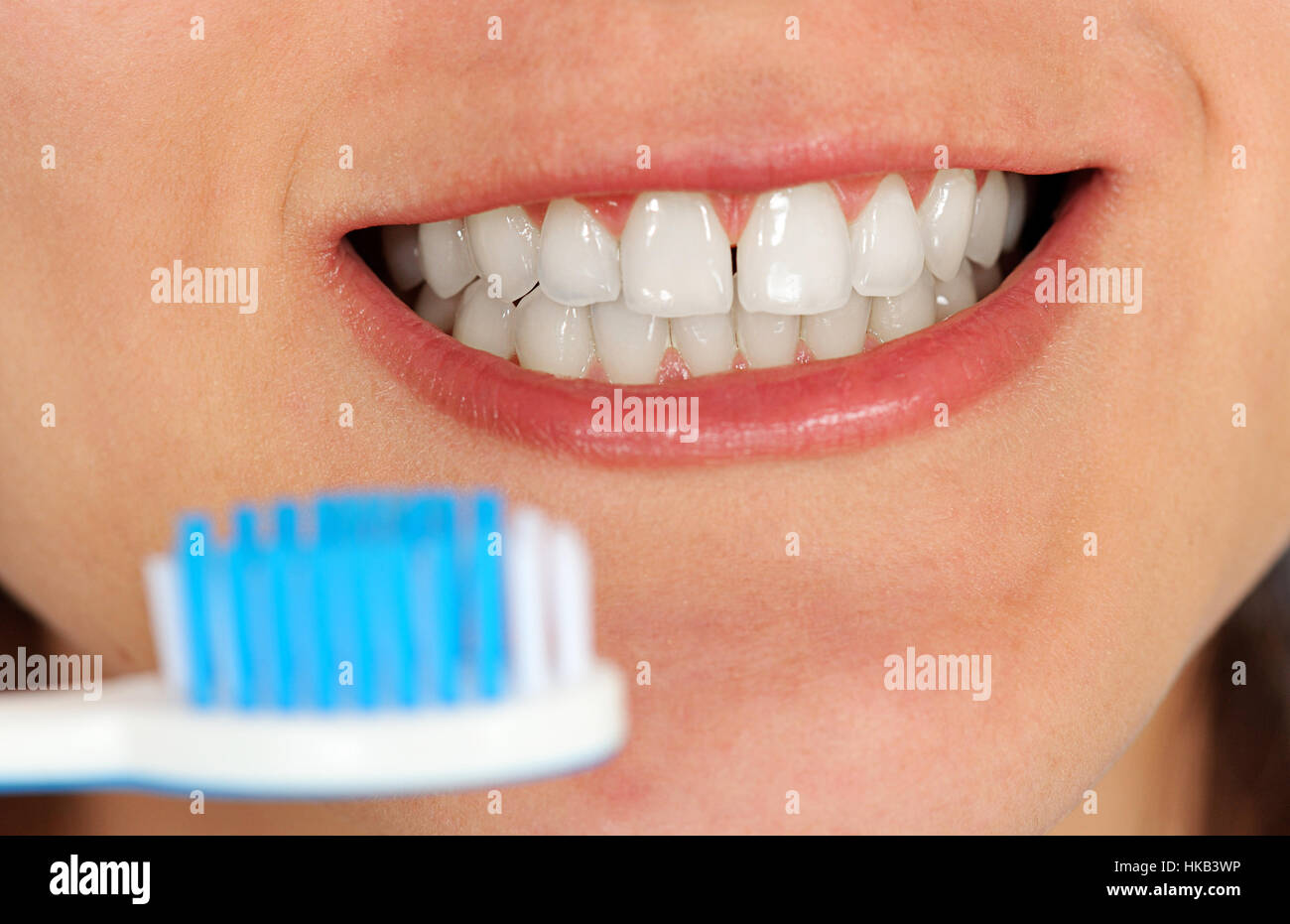Pearls For Teeth

The concept of using pearls for teeth may seem like a luxurious and exotic practice, but it has roots in ancient history. In many cultures, pearls have been valued not only for their beauty but also for their perceived health benefits. One of the most intriguing aspects of pearls in relation to teeth is their use in traditional medicine and dental practices.
Historically, pearls were believed to have numerous health benefits, including the ability to whiten and strengthen teeth. In some ancient cultures, pearls were crushed into a powder and used as a toothpaste or mixed with other ingredients to create a dental paste. The idea behind this practice was that the calcium and other minerals present in pearls could help remineralize tooth enamel, making teeth stronger and more resistant to decay.
One of the most famous historical references to the use of pearls in dental care comes from ancient China. During the Ming dynasty, pearls were considered a luxury item and were used in various cosmetic and health applications, including dental care. The Chinese believed that pearls had a cooling effect on the body and could help reduce inflammation and improve oral health.
However, the use of pearls for dental care is not just a relic of the past. Some modern dental products still incorporate pearl powder or other derivatives as an ingredient, claiming that it can help whiten teeth, reduce sensitivity, and improve overall oral health. The science behind these claims is largely anecdotal, and there is limited research to support the effectiveness of pearls in dental care.
Despite the lack of scientific evidence, pearls continue to be used in some alternative and holistic dental practices. Proponents of pearl-based dental products argue that the unique combination of minerals in pearls can help promote oral health in ways that traditional dental products cannot. They claim that pearls can help neutralize acid in the mouth, reduce plaque, and even help reverse early stages of tooth decay.
Critics of using pearls for dental care, on the other hand, point out that there is no concrete scientific evidence to support these claims. They argue that the use of pearls in dental products is largely a marketing gimmick, designed to capitalize on the luxury and perceived health benefits associated with pearls. Furthermore, they warn that using unproven and unregulated dental products could potentially do more harm than good, especially if they are used as a substitute for proven dental hygiene practices.
In conclusion, while the idea of using pearls for teeth may seem intriguing, it is essential to approach this concept with a critical and nuanced perspective. Historically, pearls have been revered for their beauty and perceived health benefits, but their use in dental care remains largely anecdotal and unsupported by scientific evidence. As with any health or beauty product, it is crucial to consult with a qualified professional before using any product that claims to have dental health benefits, especially if it involves unproven or unconventional ingredients like pearls.
The Chemical Composition of Pearls
Pearls are composed primarily of calcium carbonate, in the form of aragonite, and a protein called conchiolin. This composition gives pearls their hardness and luster. The idea that pearls could be beneficial for teeth is partly based on their calcium content, which is essential for tooth enamel health. However, the process of crushing pearls into a powder and using them as a dental product raises several questions about efficacy and safety.
Historical Uses of Pearls
- Cosmetic Applications: Pearls have been used in facial creams and powders for their believed skin-whitening and smoothening properties.
- Medicinal Uses: In traditional Chinese medicine, pearls are believed to have a calming effect on the body and are used to treat conditions such as insomnia and palpitations.
- Dental Applications: As discussed, pearls have been used in dental care for their perceived ability to whiten and strengthen teeth.
The Future of Pearls in Dental Care
As the dental and cosmetics industries continue to evolve, the use of natural and luxurious ingredients like pearls is likely to remain a topic of interest. While the scientific community may approach these products with skepticism, consumer demand for natural and holistic health solutions drives innovation in this area. Whether pearls will become a staple in dental care remains to be seen, but their allure and historical significance ensure they will remain a fascinating area of study and exploration.
Are pearls really effective for whitening teeth?
+There is limited scientific evidence to support the claim that pearls are effective for whitening teeth. Most dental whitening products contain ingredients like hydrogen peroxide or carbamide peroxide, which have been proven to be effective.
Can I use pearl powder as a substitute for regular toothpaste?
+No, pearl powder should not be used as a substitute for regular toothpaste. While it may have some perceived benefits, it lacks the proven ingredients and abrasives found in regular toothpaste that are necessary for cleaning and protecting teeth.
Are there any risks associated with using pearls for dental care?
+Yes, there are potential risks. Using unproven dental products could lead to inadequate oral hygiene, and the lack of regulation in the production of pearl-based dental products raises concerns about safety and efficacy.
In the realm of dental care, the pursuit of natural and effective solutions drives both innovation and skepticism. The use of pearls, with their rich history and perceived benefits, represents a fascinating intersection of traditional practices and modern trends. As consumers and professionals, it’s essential to approach such products with a balanced perspective, recognizing both their historical significance and the need for scientific validation.



